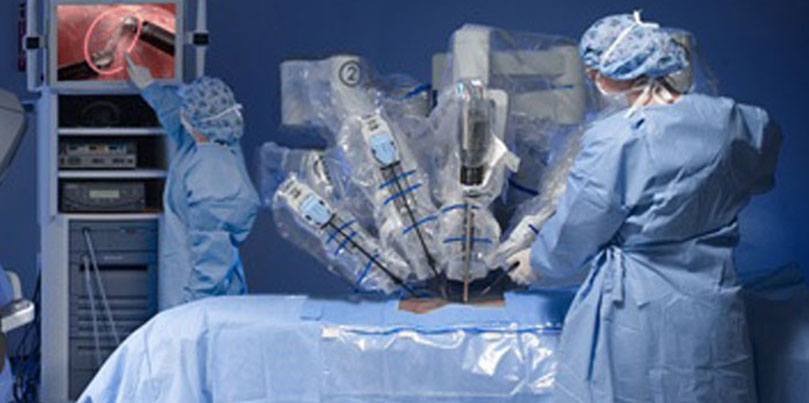The hernia is a defect in the continuity of the abdominal wall. The most common cause of a large hernia can be previous surgery, trauma and weakness in the wall which is exacerbated by increased intrabdominal pressure. In addition, the presence of obesity or increased abdominal wall fat can make the defect to be hidden and the clinical symptoms are not visible till the hernia becomes large.

The standard of treatment for hernia repair is to close the defect and reenforce the repair using a mesh to prevent the recurrence of the hernia in a long run. There are challenges to do this laparoscopically, using a “keyhole” technique because of the ergonomics. The abdominal wall is faced upwards, and the surgeon must operate in the reverse direction, to perform the procedure. This is conveniently done for small hernia defects but for large defects, the dissection and the suturing may not be optimal. The challenge is overcome by using a robot as it has more degree of movement of the hand and the access and suturing is extensively facilitated. This reduces the pain after the surgery for the patient and the recovery time is markedly reduced. Also, it is practically feasible to place the mesh in the correct anatomical plane which is away from the intra-abdominal contents.


